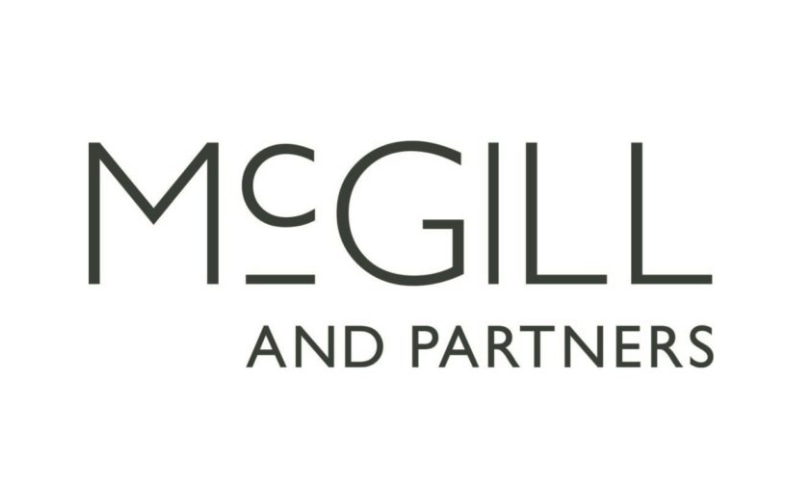Insurance and reinsurance broker McGill & Partners is leveraging Google’s cutting-edge AI and massive Earth observation data capabilities to enhance how they understand, model, and price global risks, particularly those related to climate and natural catastrophes.

The core of the project involves using Google Earth AI models – which combine specialised foundational models with a reasoning entice – to provide predictive analysis of property damage before a storm even strikes.
This predictive capability is a “game changer,” according to Catherine Tillyard, Partner at McGill & Partners and leader of its catastrophe team.
“Currently a lot of the insurers have to wait for that information and they’re doing what we’re doing, they’re looking for data. They’re looking for information, and now they can have it at their fingertips to make those decisions in real time,” said Tillyard.
She continued: “AI is here, embrace the technology. We have found that technology is a huge enabler to help us solve these complex challenges. It’s just going to allow us to do our jobs in a much more efficient way and deliver solutions to our clients much quicker and in a much more targeted way.”
The immediate access to data allows McGill & Partners’ clients to pay claims faster so homeowners can start rebuilding sooner, ultimately saving them time, money, and stress.
Tillyard emphasised the alignment with Bellwether, stating: “With Bellwether we have found an amazing partner because our mindsets are very aligned, in terms of being very innovative, taking a very complex challenge and solving it, with a real purpose about supporting our clients.”
McGill & Partners is integrating Google’s Earth observation data capabilities to enhance its understanding of hazards like hurricanes
“We use complex scientific and engineering models that help us understand where the hazards will occur, how frequent, how severe they’ll be, what properties, and what assets are in harm’s way,” Tillyard explained.
Adding: “The thing that really excites us about working with the Bellwether team is empowering our clients to have this data at their fingertips, to put those very technical tools and those data sets in the hands of the decision makers, which allows them to respond and support their customers more quickly. It’s a game changer.”
Google highlights the reliability of its models, which have been built to provide trusted information to billions around the world.
“For years, we’ve been building models about the world, including floods, wildfires, air quality, and cyclones, providing trusted information to billions of people and organisations. For example, our flood forecasting — information now covering more than two billion people — provides life-saving forecasts before significant river floods,” Google stated.
The insurance and reinsurance sector has been increasingly using earth observation data (satellite imagery, weather patterns, etc.) to improve risk assessment and underwriting by providing a more granular, property-level view of hazards (e.g., flood, wildfire, wind).
It has also been used to help accelerate claims processing after a catastrophic event by analysing post-disaster satellite imagery, as well as to identify profitable opportunities in areas previously deemed uninsurable due to a lack of precise data.
The post McGill & Partners works with Google Earth AI for faster disaster response appeared first on ReinsuranceNe.ws.
